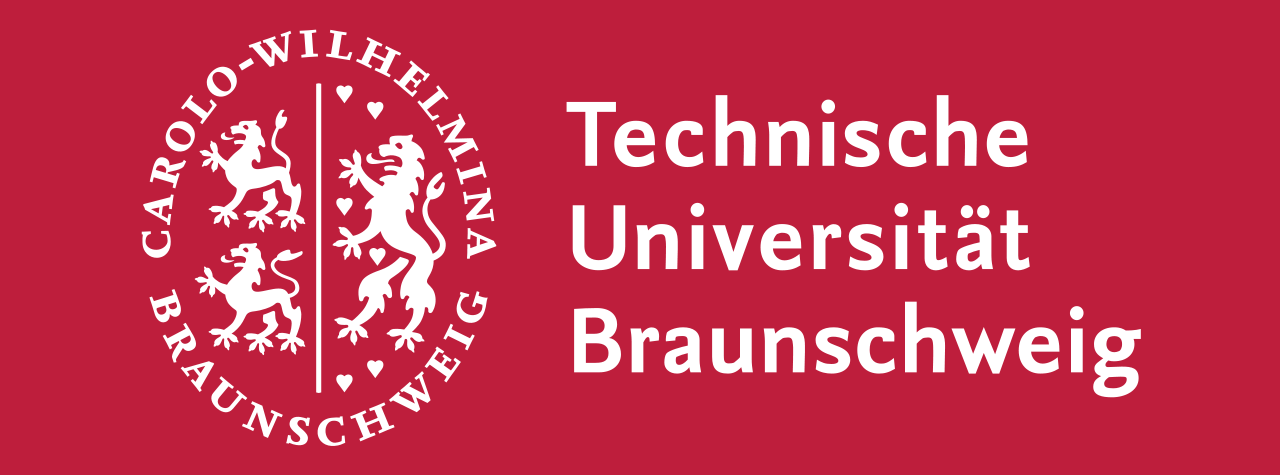Research Summary Report C06
Integration of Additive Manufacturing in the Construction Process
[08.01.2021]
Mawas, Karam; Doctoral researcher, k.mawas@tu-braunschweig.de, TU Braunschweig, Institute of Geodesy and Photogrammetry (IGP)
Gerke, Markus; Project leader, m.gerke@tu-braunschweig.de, TU Braunschweig, Institute of Geodesy and Photogrammetry (IGP)
Maboudi, Mehdi; Associated scientist, m.maboudi@tu-braunschweig.de, TU Braunschweig, Institute of Geodesy and Photogrammetry (IGP)
Riedel, Björn; Associated scientist, b.riedel@tu-braunschweig.de, TU Braunschweig, Institute of Geodesy and Photogrammetry (IGP)
Additive Manufacturing (AM) allows us to print objects in unprecedented and novel ways, pushing the boundaries of what was previously possible in construction. By seamlessly embedding the process of the design directly into the printing process, ever more complex and free form objects can now be realized. Nonetheless, AM remains a challenging and involved process that is influenced by a variety of factors. To ensure that a robust process is followed and that the printed object adheres to the model of the original, continuous monitoring and inspection of the process is required.
Fig. 1 shows a freeform doubly-curved reinforced wall. A laser scanner was used to scan the object as it was constructed, after which it was compared directly to the 3D design model. The resultant model was then colorized based on Cloud to Cloud distance.
As we have stated, while 3D construction printing affords unprecedented freedom, it also poses new challenges for quality control. These challenges include collecting adequate data while ensuring the optimal time for data capturing, the size of the object, and its material properties, all while utilizing the proper type of sensor needed to control the structure’s progress as it is being built. It is worth noting that many of these challenges are interrelated and interdependent. For instance, data capture must return reasonably rapid data within a predetermined time window so that the data acquisition of the object is in the range of the predefined time window. However, the type of sensor needed for a project is also dependent upon the size and material properties of the object in question.
One of the defined objectives of the Institute of Geodesy and Photogrammetry of TU is to continuously and effectively monitor the quality of 3d printed construction objects with the use of several different methods of data capturing. This includes the use of quality control during the printing process, as well as data capturing to inspect the object after printing is completed. For this process to be effective, several types of sensors are needed to be investigated, allowing for enhanced data capture, enhanced accuracy, and ongoing comparison with the designed model. Also, the challenges related to each step-in quality inspection process has to be considered.







